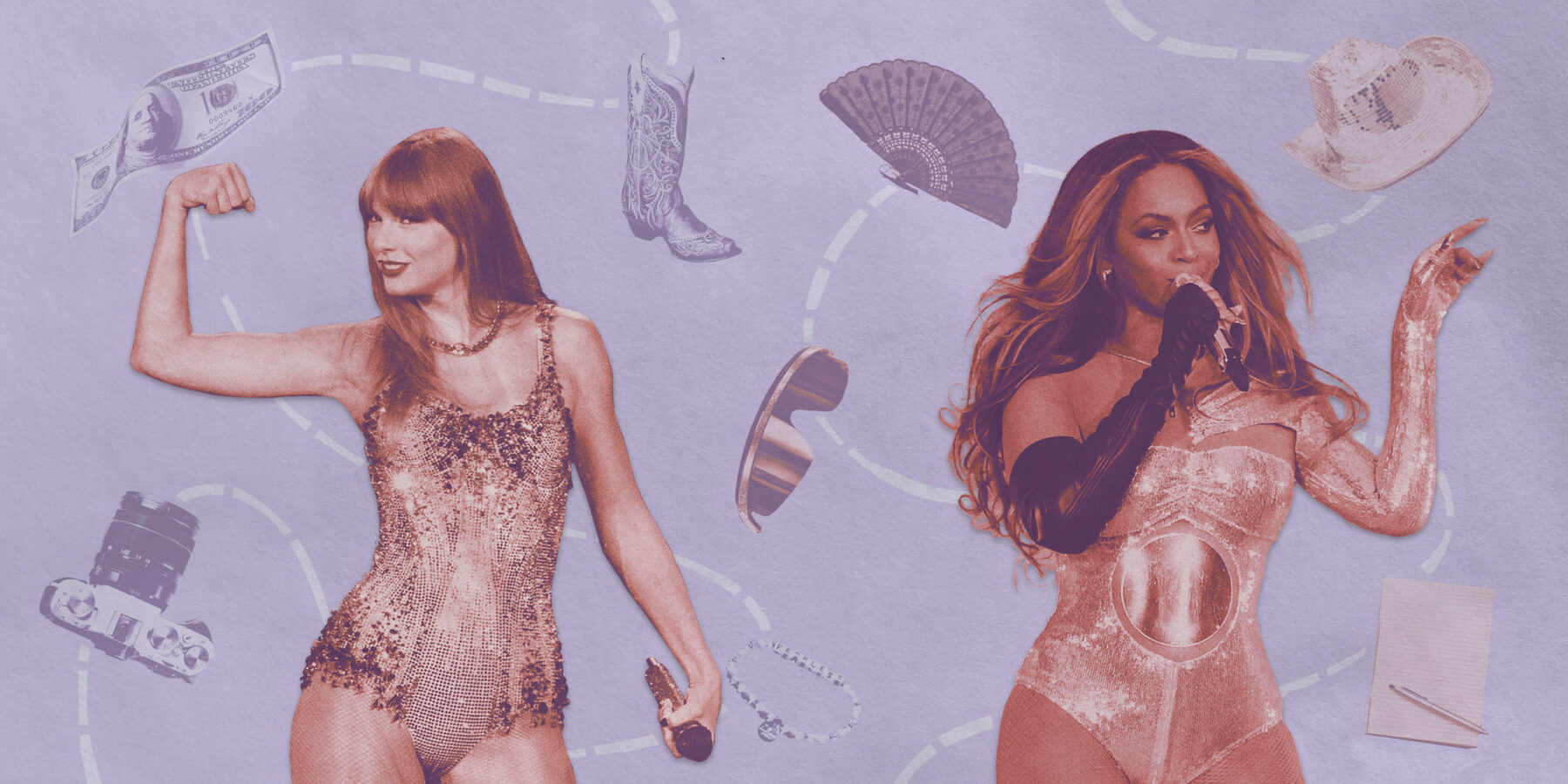Index Surge: Amplifying Your Insights
Stay updated with the latest trends and news across various industries.
Dancing Through the Decades: How Pop Culture Moves Us
Explore how dance trends shaped our culture over the decades and discover the beat that connects us all!
The Evolution of Dance Styles: From the Charleston to TikTok
The journey of dance styles throughout the decades reflects the vibrant and ever-changing tapestry of culture and society. Starting in the roaring 1920s, the Charleston emerged as a lively and exuberant dance, characterized by its fast-paced movements and infectious energy. This dance became a symbol of the flapper era, highlighting the freedom and rebellion against traditional norms. As time progressed, the swing and jazz influences of the 1930s and 1940s introduced iconic dances like the Lindy Hop, which showcased improvisation and partner interaction. Each style spoke to the emotions and narratives of its time, evolving alongside music, fashion, and social movements.
The late 20th and early 21st centuries saw dance styles diversify and globalize, with influences spanning cultures and genres. By the time we entered the digital age, platforms like TikTok revolutionized how dance is shared and created. Short, catchy dance challenges became viral sensations, allowing anyone with a smartphone to participate in the dance phenomenon. From the viral craze of the Renegade to the diverse influences of hip-hop and K-pop, TikTok serves as a modern melting pot for dance styles, bridging generations and fostering a sense of community among dancers worldwide. This evolution exemplifies how dance continues to adapt and thrive in our contemporary society.

How Music Influences Dance Trends Across Generations
Throughout the decades, music has played a pivotal role in shaping dance trends across generations. For instance, the emergence of rock and roll in the 1950s gave birth to iconic dance moves like the twist and the jive, which reflected the energetic rhythm of the genre. As the 1970s rolled in, disco music took center stage, inspiring the flamboyant styles of the hustle and the bump, allowing people to express themselves both musically and physically. These transitions highlight how different musical styles not only influence the way we move but also set the cultural tone for the decades that follow.
As we entered the 21st century, genres like hip-hop and pop began to dominate the music scene, leading to a resurgence in dance popularity. The rise of social media platforms has further amplified this phenomenon, enabling viral challenges such as the Harlem Shake and Floss that echo the infectious energy of contemporary music. This connection between music and dance trends is a dynamic cycle, illustrating how artists draw inspiration from past movements while simultaneously paving the way for future generations to innovate and redefine the dance landscape.
Dance Icons Who Shaped Pop Culture: A Decade-by-Decade Exploration
The evolution of pop culture is intrinsically linked to the revolutionary dance icons who have defined each decade. In the 1950s, figures like Bill Haley and the Comets brought rock and roll to life, igniting dance crazes that swept the nation. The 1960s saw the emergence of James Brown, whose electrifying performances and unique moves inspired a generation. As we transition into the 1970s, the disco era arrived, with stars like John Travolta showcasing the iconic “Saturday Night Fever” dance, which became a pop culture phenomenon, profoundly influencing music and fashion.
Entering the 1980s, the iconic Michael Jackson revolutionized music and dance with his signature moves, notably the moonwalk, setting new standards for performers everywhere. The 1990s introduced Britney Spears, whose energetic choreography and alluring performances catapulted her to superstardom and defined a new generation of pop music. Moving into the 2000s, the raw talent of Beyoncé would not only dominate the charts but also shape the dance landscape, blending multiple styles to create a unique and powerful stage presence that continues to influence artists today.